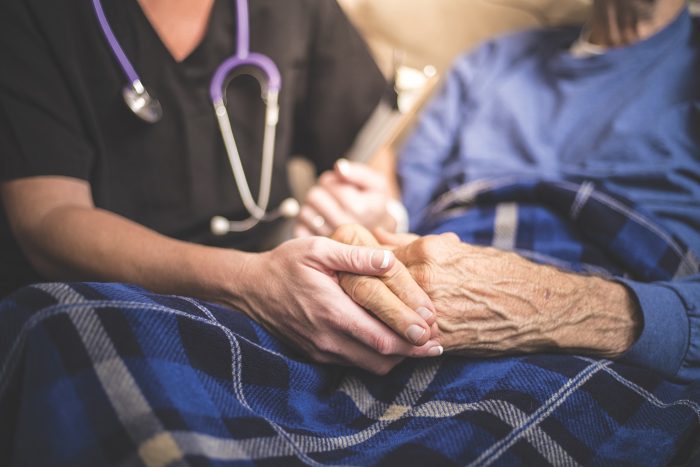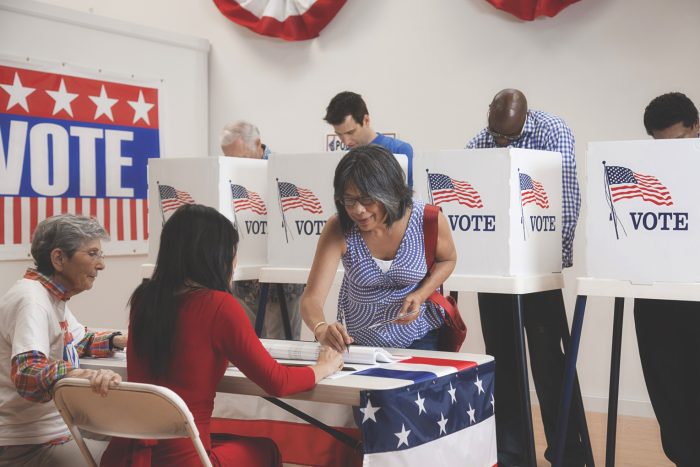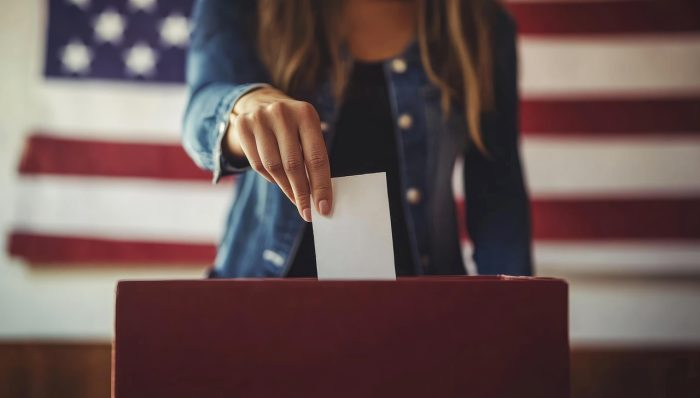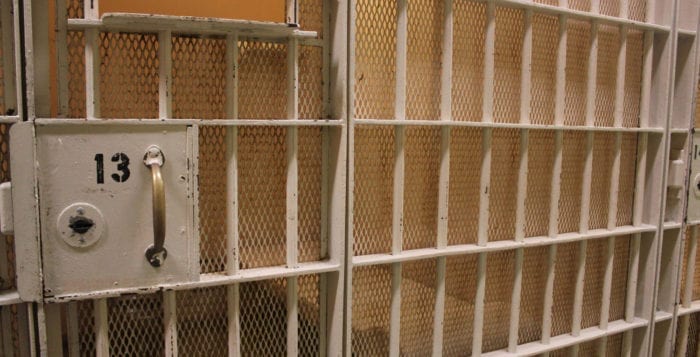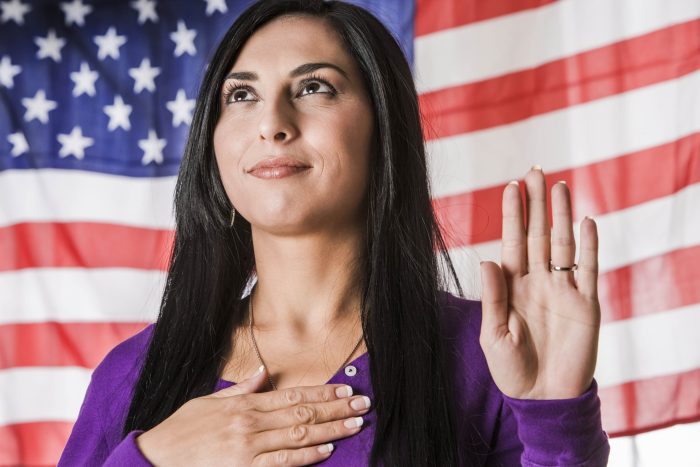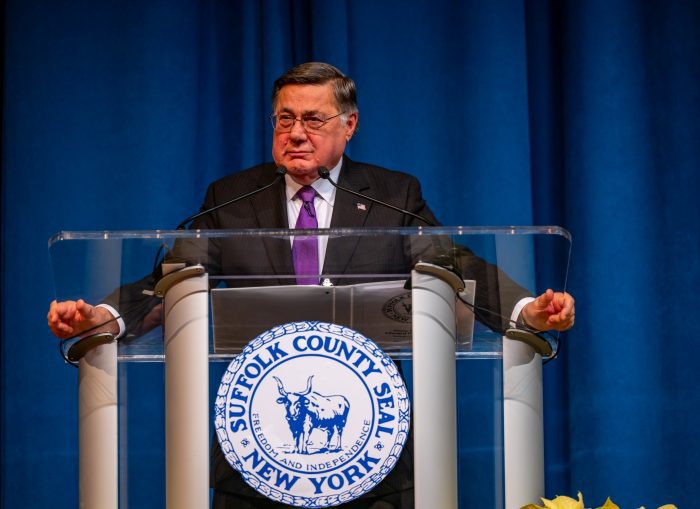By Nancy Marr
For many years, and in many other states, citizens have asked for legislation to allow terminally ill persons to request medical assistance from a relevant, licensed physician to end their life. In the United States, the issue reached the Supreme Court in 1917 in the case of Washington v. Glucksberg, in which the Court ruled that there is no federal law that either legalizes or prohibits medical aid in dying and that it is a states’ rights issue.
This year, legislation (which would amend the Public Health Law) was passed in both the Assembly (A.995a) sponsored by New York State Assemblywoman Paulin and the Senate (S.2445a) sponsored by New York State Senator Brad Hoylman-Sigal for the Medical Aid in Dying Act, also known as the Death with Dignity Act. Supporters hope it will be signed by Governor Hochul. (In 2019, Governor Cuomo came out in support of the bill but failed to include it in his budget message.)
Nine states (Oregon, Vermont, Washington, California, Montana, Hawaii, Maine, New Jersey and Colorado) and the District of Columbia now allow physician-assisted aid in dying. The legislation would allow it in New York State.
The legislation includes safeguards against abuse of the dying and protections for medical personnel who act in good faith in compliance with the law. Medical aid in dying is intended to be a thoroughly thought-out and planned decision, not a spontaneous one.
A mentally competent, terminally ill patient aged 18 years or older and a resident of New York State may request medication to be self-administered by making an oral and a written request to an attending physician, witnessed by two adults. The attending physician shall examine the patient and his records, determine whether he has a terminal disease and the capacity to make an informed decision of his own volition, as confirmed also by a consulting physician. If the attending physician or the consulting physician believes that the patient may lack capacity, such physician shall refer the patient to a mental health professional.
If the mental health professional determines that the patient lacks capacity to make an informed decision, the patient shall not be deemed a qualified individual and the attending physician shall not prescribe medication to the patient.
It is important for the healthcare provider to distinguish between medical aid in dying and assisted suicide. A patient who requests medication under the legislation shall not be considered suicidal and the patient and their beneficiaries shall not be denied any benefits because of it. The attending physician may sign the individual’s death certificate; the cause of death will be the underlying terminal illness. Additionally, patients have the right to rescind their request for medical aid in dying at any time, even if the medication has been administered.
Objections to the legislation have been made on religious and cultural grounds, or because persons with disabilities may feel that they are being targeted. Although persons requesting medical assistance may be seeking relief from the pain of their disease, they may also be reluctant to remain as a burden to their family or doctors. A private health care facility may prohibit the prescribing or self-administering of medication while a patient is being treated in or residing in their facility, often because it has religious objections or has been established to provide palliative care.
If necessary, the patient shall be transferred to another facility that can meet the patient’s needs — in its justification the current legislation states clearly that patients should not have to leave the state or the country to control how their lives end but should be able to die with dignity, on their own terms, typically in their own homes, surrounded by their family and other loved ones.
Jonathan Treem, MD, of the University of Colorado Palliative Care, discussed ethical considerations in Medical Aid in Dying: Ethical and Practical Issues, JADPRO, Apr 1, 2023. Not all patients who inquire about medical aid in dying intend to end their life with medication. Many see it as an insurance policy for the end-of-life care, to maintain their autonomy. The most common diagnosis among patients is cancer, followed by neurologic disorders such as ALS and dementia. Many are enrolled in Hospice programs. In Colorado, in 2019, Dr. Treem points out, only 20% of those who got prescriptions actually had it dispensed.
The legislation that has been passed would make it possible for a greater number of New Yorkers to seek help as they face the end of life. Please ask Governor Hochul to sign it.
Nancy Marr is Vice-President of the League of Women Voters of Suffolk County, a nonprofit nonpartisan organization that encourages the informed and active participation of citizens in government and influences public policy through education and advocacy. For more information, call 631-862-6860.

